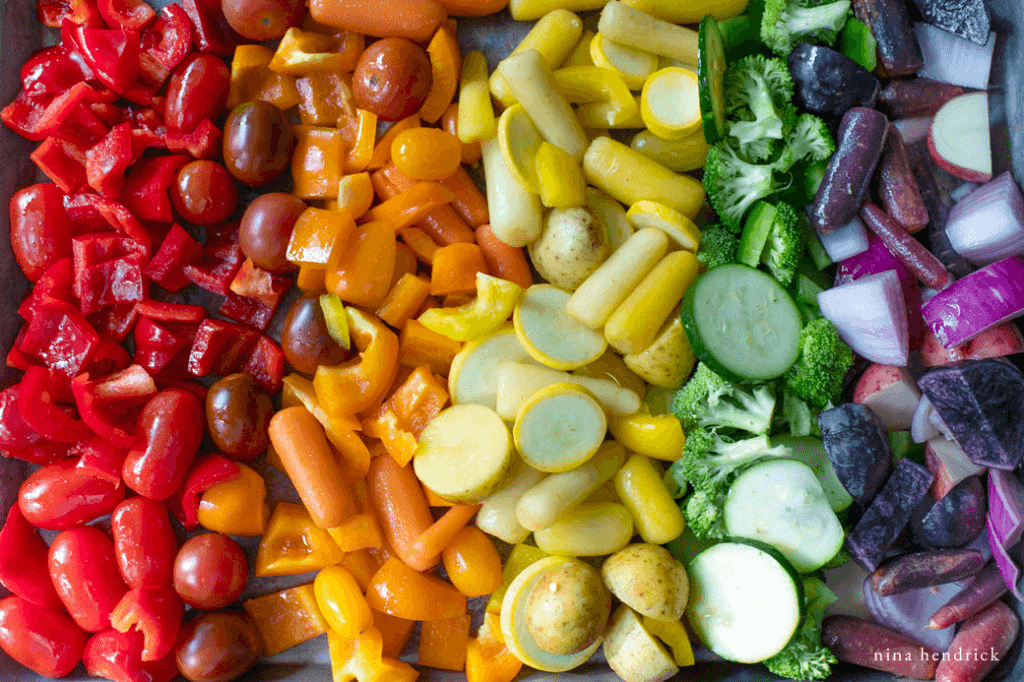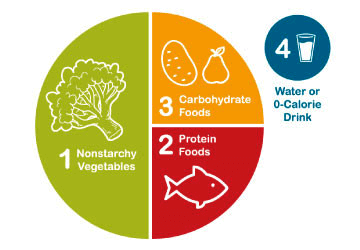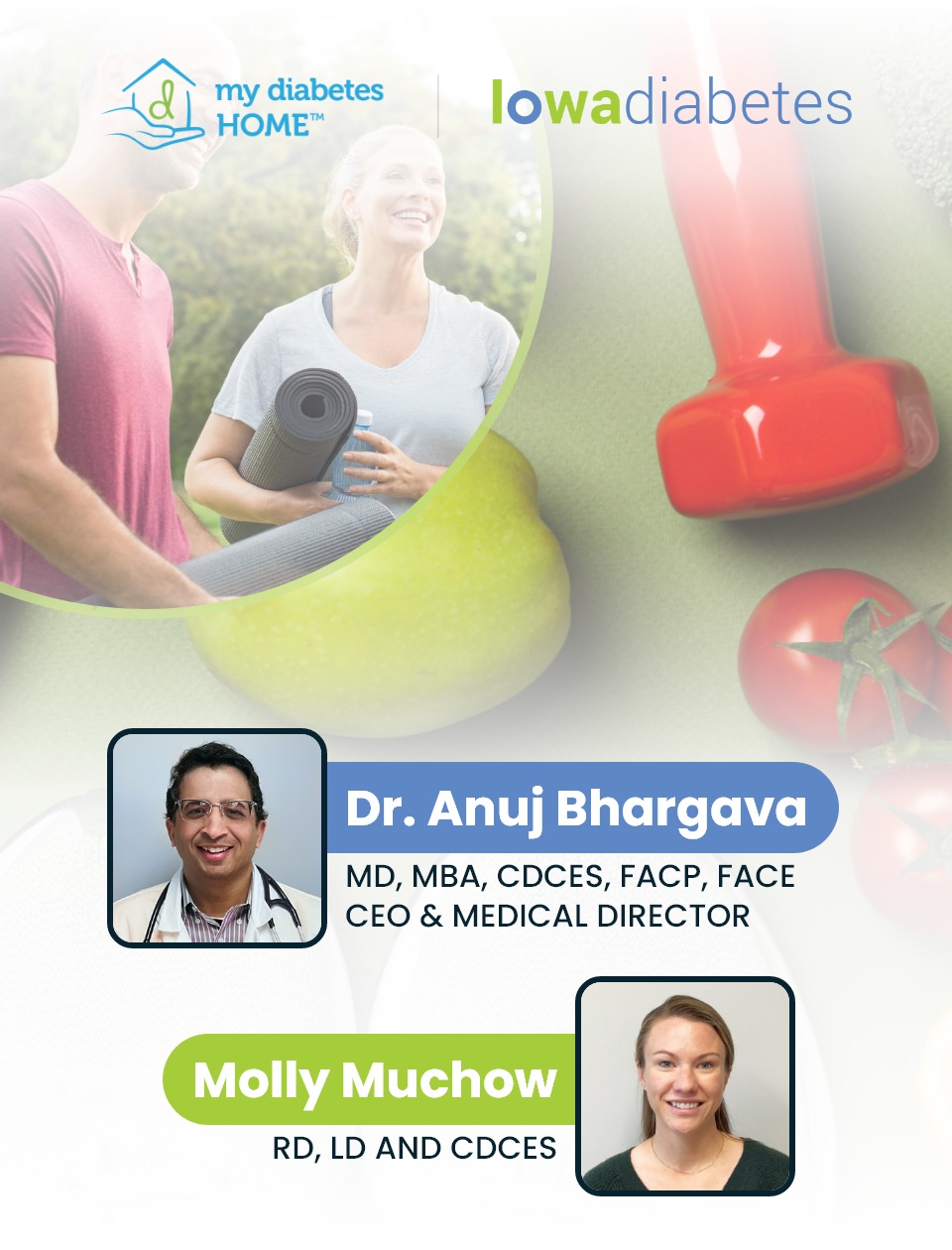
What You Should/n’t Eat to Prevent Diabetes
“To eat is a necessity, but to eat intelligently is an art.”
Food is our body’s source of energy and we want to make sure that we are giving ourselves good fuel every day. There are so many different kinds of fruits, vegetables, proteins, and carbohydrates that it can be hard to navigate what foods are good for us and which ones we should try to limit.
Keep reading to learn more about the different food groups!
Why Should I Care?
The way we’ve come to understand diabetes has changed. According to the CDC, being over the age of 45, having decreased physical activity, and having a first-degree family member diagnosed with diabetes can all increase your risk for developing type 2 diabetes. In fact, the CDC explains that the foods you eat can decrease your risk of developing type 2 diabetes and increase your overall health.
 According to a study published in the journal, Nature, foods such as diet sodas and artificial sweeteners may alter the microbes or bacteria in our gut in a way that increases our risk of developing glucose intolerance and type 2 diabetes. A well-balanced diet that includes all major food groups helps to keep the microbes healthy and reduces the risk of getting type 2 diabetes.
According to a study published in the journal, Nature, foods such as diet sodas and artificial sweeteners may alter the microbes or bacteria in our gut in a way that increases our risk of developing glucose intolerance and type 2 diabetes. A well-balanced diet that includes all major food groups helps to keep the microbes healthy and reduces the risk of getting type 2 diabetes.How to Pick Out Fruits
According to the ADA, the best way to buy fruits from your local grocery store is to buy them fresh, frozen, or canned, without added sugars. Eating the whole fruit has more health benefits than drinking fruit juices. There isn’t necessarily a fruit that is bad for you, but there are certain ways in which fruits are preserved that make them lose their health benefits. To avoid sugars from spiking make sure to keep the serving size to 1 cup or less. The most common example of fruits that you want to avoid are fruits with “added sugars.”
Words/phrases you want on your fruit labels:
- Packed in its own juices
- Unsweetened
- No added sugar

Categories of Vegetables
The biggest difference to look for between vegetables is starchy versus non-starchy ones. According to an article on Healthline, some examples of starchy vegetables include corn, white or sweet potatoes, chickpeas, and lentils. Starchy vegetables are higher in carbohydrates and can cause a spike in blood sugars if not eaten in moderation.
Non-starchy vegetables including carrots, cucumbers, and broccoli, are full of vitamins and minerals with very few calories or carbs, so you can enjoy larger servings of these foods! It is important to remember to have everything in moderation. If you make sure to “eat the rainbow” of vegetables, you’ll be able to get a good balance of nutrition in your diet.
What are examples of “good” proteins?
Protein is an important part of our diet because it increases the feeling of ‘being full’ for a longer period of time. It can also help stabilize our blood sugars by curving their spike when carbohydrates are consumed by themselves. Like all of the other food groups, there are some proteins that are “cleaner” in our bodies than others. A good rule of thumb is that any protein that swims or flies is lower in saturated fat than other sources of proteins. The ADA is a great resource to know about the different kinds of protein!
Examples of lean proteins:
- Grilled, boiled, or baked chicken breast
- White flesh fish such as cod, tilapia, or halibut
- Greek Yogurt
- Tofu

Different Carbohydrates
Carbohydrates can sometimes get a bad reputation when it comes to the diagnosis of diabetes, or when people are trying to lose weight. In reality, carbohydrates are a great source of glucose which our bodies use to power our cells and tissues! Carbohydrates can be broken down into three big categories: sugars, starches, and fiber. Medline has a great page that describes the different kinds of carbohydrates. As always, you don’t need to cut out certain food groups or types of foods, but it’s more beneficial to be aware of what you’re putting into your body!
Summary It’s all about balance! By making sure that we have a healthy variety between all of the different food groups, we can give our body the fuel it needs to give us energy all day long.
Disclaimer: Any information provided is not intended as medical advice. Iowa Diabetes is not responsible for any information from third parties.





